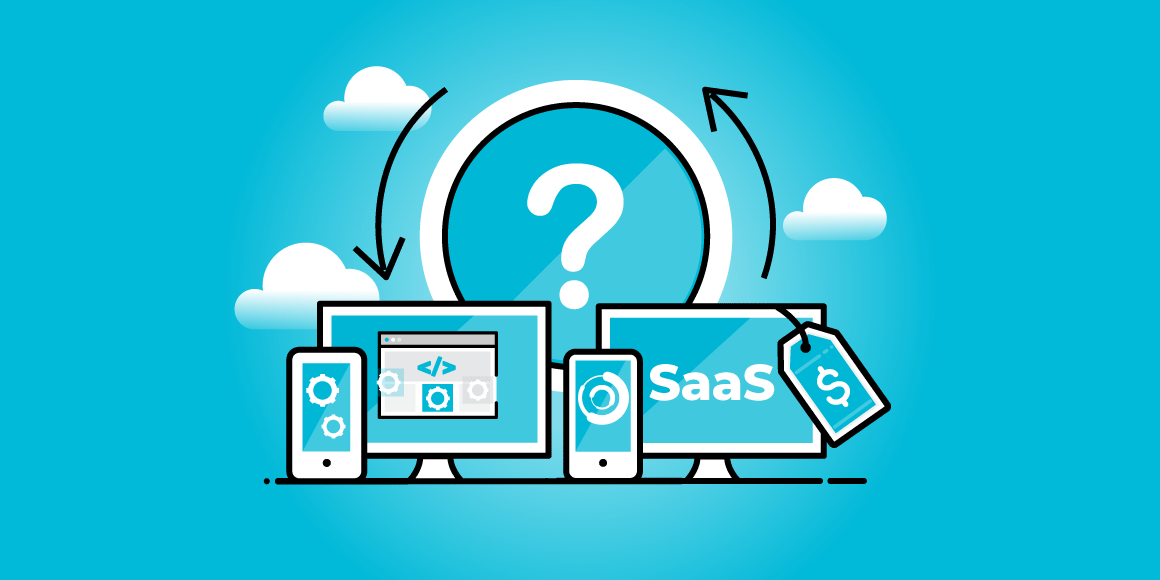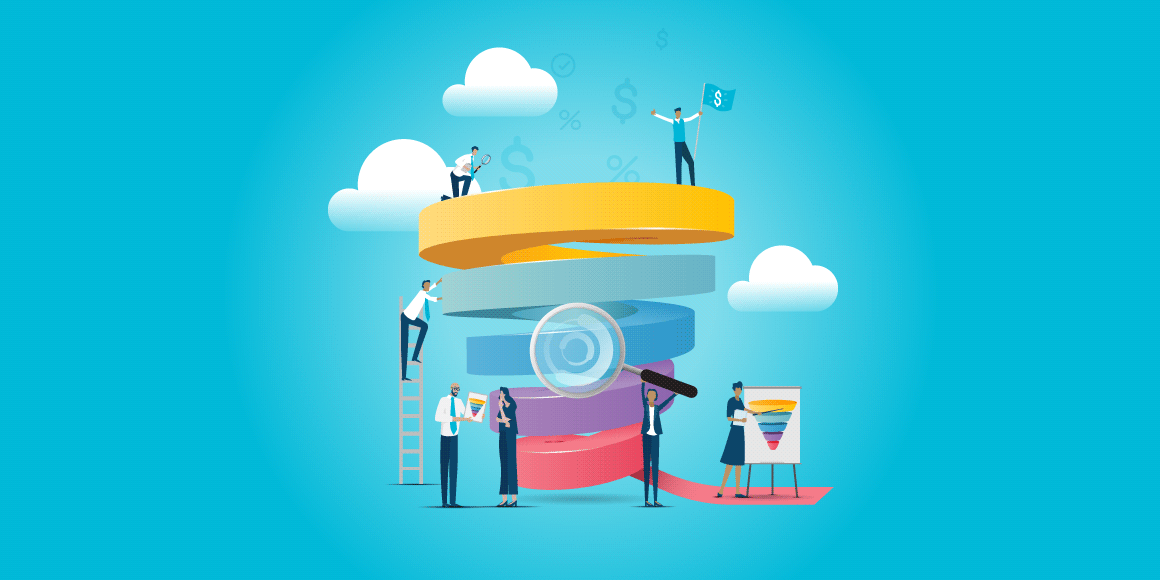There are many reasons why an organization might choose an incentive strategy that targets sales growth. Some of these include:
- Accelerating sales of specific products. This could focus on a product line or specific SKU that’s lagging, or it could involve a strategy to support a new product launch.
- Recognizing top performers. This group already does a great job for your organization. Why not acknowledge their success with a reward-based sales incentive?
- Exceeding existing performance goals. Maybe you’re satisfied with your team’s overall sales performance. Or maybe it could be better. To understand this gap between what is and what could be, you’ll want to give your sales force a new target to aim for, one that goes beyond past expectations and objectives.
- Growing mindshare (and market share) in a competitive market. An indirect sales force might have a number of product options to sell from. How do you get them to more consistently push yours?
There are, of course, other reasons why an organization might want to stimulate sales growth directly, and for every organizational need, there’s going to be a unique sales incentive solution that can help address it.
That’s why it’s important to understand your sales data and sales personnel, to examine how they’ve performed in the past, and recognize where there might be opportunities to improve in the future.
This knowledge lays the groundwork for developing a blueprint for sales growth and will help you further down the line when you’re deciding which type of sales incentive is right for your organization.
How To Choose The Right Sales Incentive
Once you’ve recognized the performance gaps in your sales strategy, how do you decide on the right approach to fix them? Well, as complex as your organizational challenges might be, answering a few basic questions can get the ball rolling and help you select the appropriate sales incentive solution:
- What are your sales goals and objectives?
- What are the measurable results you are looking to achieve?
- Who is your audience? What are their demographics? What motivates them?
- What’s your program budget? Is it open-ended or fixed?
By coming up with concrete answers to these preliminary questions, you can get a better idea of which type of sales incentive will most effectively address your company’s challenges and lead to higher sales growth. This could mean incorporating some form of eLearning solution, enhancing with a special promotion, or adding on a grand prize group travel element.
How Do You Make a Sales Incentive Work?
Once you’ve decided how you want to stimulate sales growth, the next step is to actually implement the incentive solution. To do this, there are five basic steps to follow:
- Assign strategic goals to the individuals and/or teams who make up your audience.
- Communicate regularly with your audience using consistent messaging.
- Measure and monitor participant progress and regularly update participants on their status.
- Reward goal achievers with memorable and meaningful rewards.
- Analyze results and modify the program to enhance success in subsequent program iterations.
Ways to Enhance Your Incentive Program
Finally, one of the best things about an incentive that targets sales growth is that it can be enhanced in any number of ways.
Enhancing your sales incentive program can dramatically boost engagement and performance among your sales team. Here are some creative strategies to consider:
- Gamification Elements: Introduce gamification features like leaderboards to foster a healthy competitive spirit among your salespeople. These elements can motivate individuals by showcasing their success and progress in real-time, driving them to outperform their peers.
- Special Promotions: Implement targeted promotions within your broader incentive strategy to create excitement and urgency. These could align with specific sales cycles or quarterly goals, offering short-term rewards that are seamlessly integrated into the ongoing program.
- Experiential Rewards: Offer rewards that provide memorable experiences, such as exclusive events or activities. Experiential rewards are highly valued as they create lasting impressions and strengthen emotional connections with your brand.
- Personalized Gifts: Recognize individual achievements with personalized rewards that cater to specific preferences, making your team feel appreciated on a personal level. This can include bespoke items or tailored experiences that reflect their interests.
- Group Travel Incentives: Incorporate group travel options as a grand prize for top performers. This not only serves as a powerful motivator but also offers opportunities for team bonding and networking in a relaxed setting.
These enhancements can be integrated into your existing programs without causing disruption. By exploring these innovative options, you can maximize the effectiveness of your sales incentive programs, drive sustained growth, and continuously motivate your team to achieve new heights.
Looking to Design a Seamless Sales Incentive Solution?
Ultimately, the real question regarding sales growth is “How?” not “Why?” Increasing sales is an obvious goal of any successful company. But finding effective ways to motivate your sales force—and grow sales in the process—is one of the key challenges to sustained business success.
Each industry presents its own unique challenges to sales growth, and every company in those industries is always seeking ways to “outgrow” their competitors. And while a sales incentive strategy may not be the solution to everything, when it comes to growing sales, it can become the solution for anything.





%20copy%205.png)
